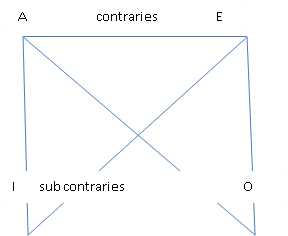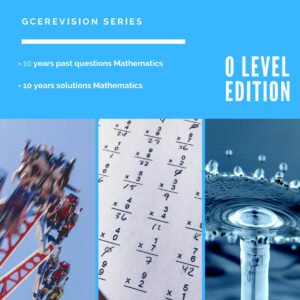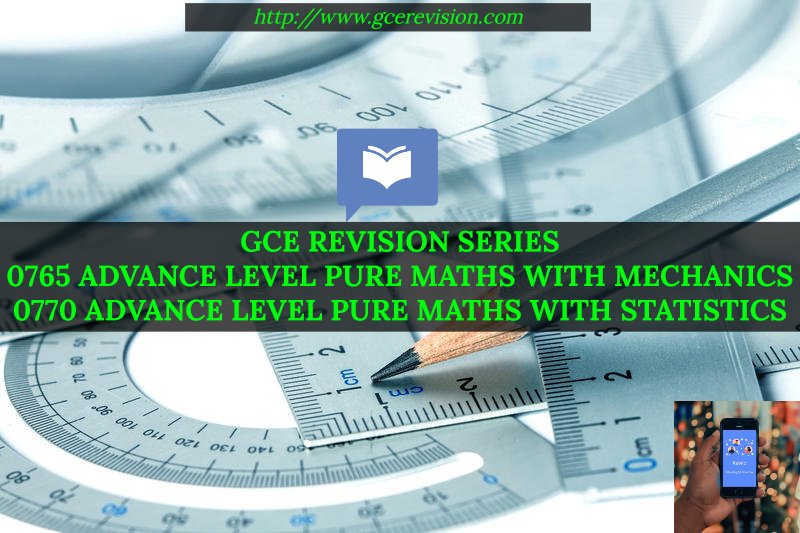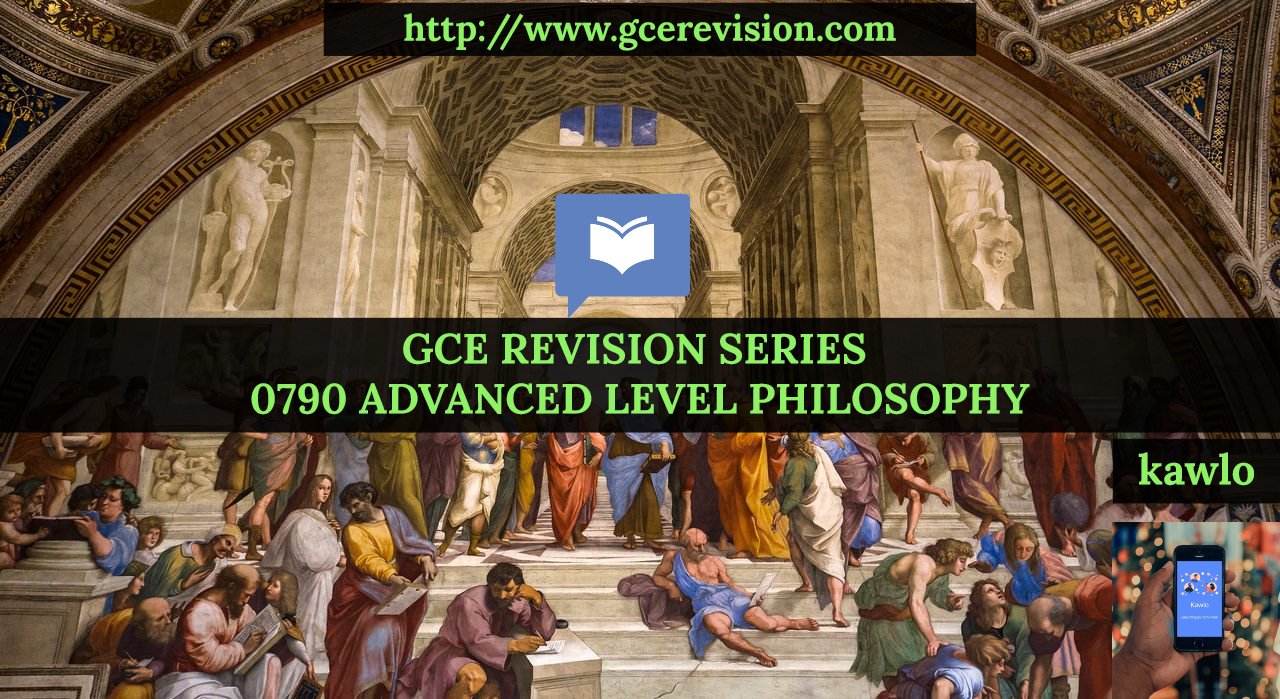INFERENCE
DEFINITION
Inference is the process by which from one or more given proposition, we derive another one whose truth or falsity is implied in the former.
- TYPES OF INFERENCE
There are basically 2 types of inferences namely mediate and immediate inferences
- Mediate inference
In this type of inference, the conclusion is drawn from two or more premise
- Immediate inference
In this type, the conclusion is drawn from 2 or more premises
Forms of immediate inferences
There are two forms of immediate inferences namely opposition and eduction
OPPOSITION
- DEFINITION
It is the logical relationship that exist between two propositions with the same subject and predicate, but which may differ in quality, quantity or both.
There are four main modes of opposition namely; Sub alternation, contradiction, contrariety, and sub contrariety.
- SUBALTERNATION
It is the logical relationship that exist between two propositions with same subject and predicate same quality but different quantities
The subaltern pairs are A-E, E-O, I-A, O-E
Given Subaltern
A: All S are P<————————-> I: Some S are P
E: No s are p<————————->O: Some s are not p
RULES OF SUBALTERNATION
- From the truth of the universal propositions, we may infer the truth of the particular propositions but not vice versa
- From the falsity of particular propositions, we may infer the falsity of the universal propositions and not vice versa
CONTRADICTION
It is the logical relationship that exist between two propositions with same subject and predicate terms, but which may differ in terms of quality, and quantity. The contradictory pairs are A-O, O-A, I-E, E-I
RULES OF CONTRADICTION
- From the truth of either contradictories we may infer the falsity of the other
- From the falsity of either contradictories, we may infer the truth of the other
- CONTRARIETY
It is the logical relationship that exists between two propositions with same subject and predicate, same quantity but different quality. It is valid only with the universal propositions.
RULES OF CONTRARIETY
From the truth of either contrariety we may infer the falsity of the other. This is because they cannot be both true and false at the same time. But the falsity of the other does not involve the truth if the other.
- SUB CONTRARIETY
It is the logical relationship that exist between two propositions having the same subject and predicate terms same quality but different quantity.
The sub contrary pairs are I-O; O-I
Given Sub contrary
A: All s are p impossible
E: no s are p impossible
I: some s are p O: some s are not p
RULES OF SUB CONTRARIETY
From the falsity of either sub contrary, we may infer the truth of the other but not vice versa but the truth of one does not involve the falsity of the other
THE TRADITIONAL SQUARE OF OPPOSITION
This is the graphical illustration that shows the relations existing between the four categorical standard-form propositions under opposition

| Given that | A is | E is | I is | O is |
| A is true | ——— | False | False | False |
| A is false | ———- | doubtful | True | True |
| E is true | False | ——— | False | True |
| E is false | Doubtful | ——— | True | Doubtful |
| I is true | Doubtful | true | ———– | Doubtful |
| I is false | False | False | ———– | True |
| O is true | False | Doubtful | Doubtful | ————- |
| O is false | true | False | True | ————- |











